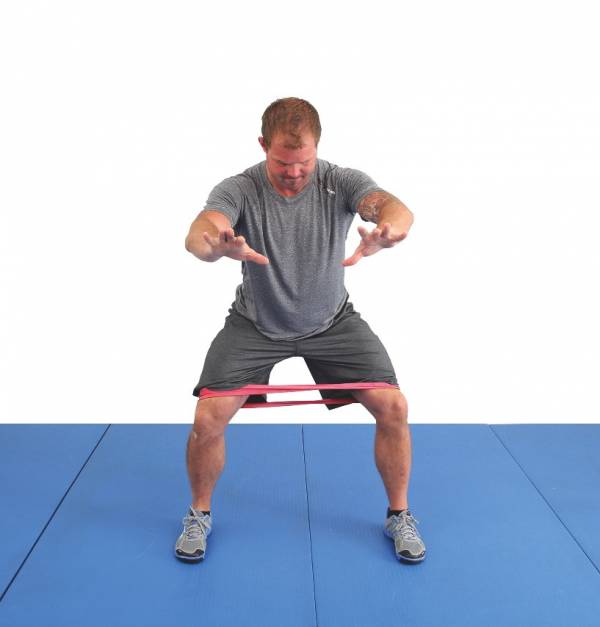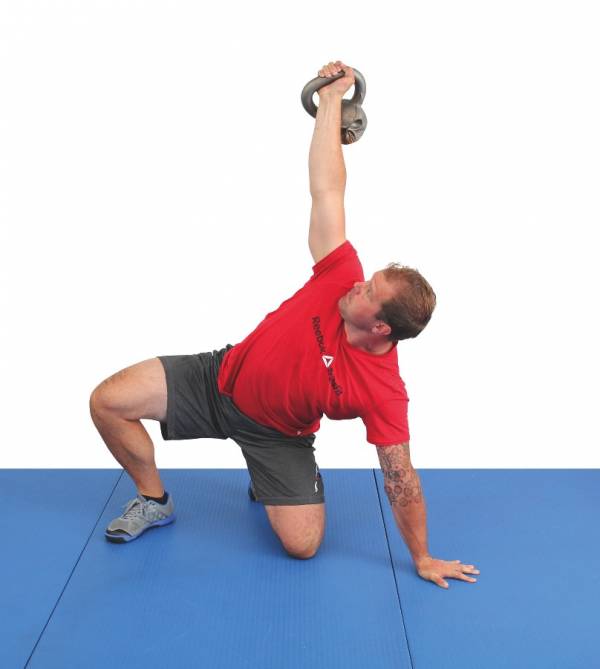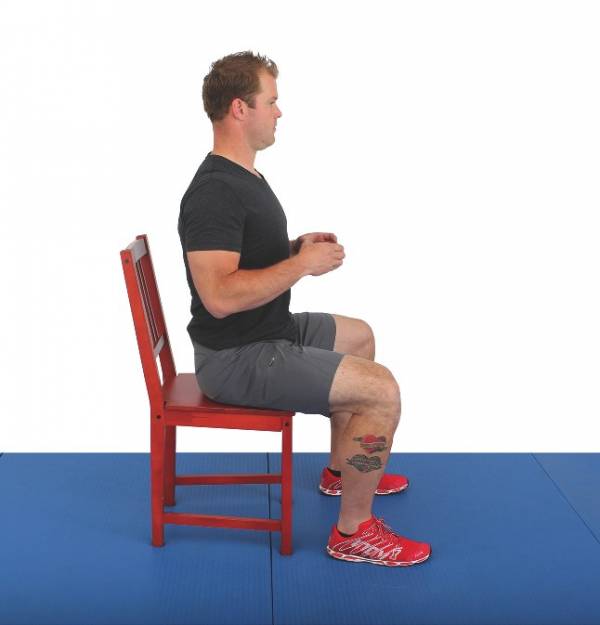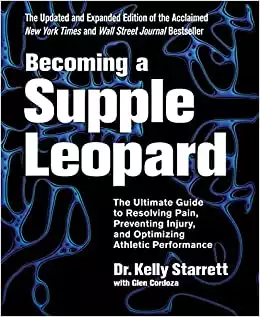Dr. Kelly Starrett’s name has become synonymous with self-care for athletes and making you an injury proof CrossFit competitor. K-Star, as he is known, has been actively pursuing the field of athletic performance and resolving pain through aggressive self-care. He began his website, MobilityWOD, as a project to distribute high quality information to “take care of your business,” meaning give individuals ways to mobilize and get their soft tissue moving properly again. MobilityWOD has provided detailed information on how to manage individual movement and performance through the test and retest method.
 In my mind, MobilityWOD is great to experiment and figure out restrictions, tights areas, and other limitations, however it has one major weakness. The test-retest model can provide good information, but it is a trial and error method rather than a system of standard operating procedures to diagnose and fix movement. Having a procedure and methodology can ensure quality results and consistency, guessing about mobility fixes is simply that – guessing.
In my mind, MobilityWOD is great to experiment and figure out restrictions, tights areas, and other limitations, however it has one major weakness. The test-retest model can provide good information, but it is a trial and error method rather than a system of standard operating procedures to diagnose and fix movement. Having a procedure and methodology can ensure quality results and consistency, guessing about mobility fixes is simply that – guessing.
My personal test for K-Star’s new book, Becoming a Supple Leopard: The Ultimate Guide to Resolving Pain, Preventing Injury, and Optimizing Athletic Performance, was to see if K-Star has taken his work to the next level – if he provided quality structure and a system for you to follow.
I can say that I was happily pleased with the introduction of the book and how it kept K-Star’s personality, style, and language intact. Becoming a Supple Leopard first begins with the basics and reinforces good posture while standing or sitting. This rings home with me, especially given I just wrote on this topic. Kelly then goes through a comprehensive bracing strategy on how to first level your pelvis, and then retain a neutral, supported spine throughout any movement. Beyond that, he addresses situations where a neutral spine may be compromised to complete a movement or lift, or in everyday life. Translating movement patterns from the gym to life is a critical piece that many people miss.
 Have you as a coach or fellow athlete seen an individual execute a set of deadlifts with perfect form and then turn around to put their plates away with horrible posture? It is more common than we may wish to recognize, but transferring movement patterns and mindfulness to real life doesn’t always occur. Taking ownership and achieving successful movement is a life-long journey. Successful movement starts with correct posture and understanding how the human body is supposed to move. In K-Star’s book these concepts are outlined through Chapter 2 with “Midline Stabilization and Organization” and then followed up with Chapter 3 & 4 referring to the “One Joint Rule” and the “Laws of Torque.”
Have you as a coach or fellow athlete seen an individual execute a set of deadlifts with perfect form and then turn around to put their plates away with horrible posture? It is more common than we may wish to recognize, but transferring movement patterns and mindfulness to real life doesn’t always occur. Taking ownership and achieving successful movement is a life-long journey. Successful movement starts with correct posture and understanding how the human body is supposed to move. In K-Star’s book these concepts are outlined through Chapter 2 with “Midline Stabilization and Organization” and then followed up with Chapter 3 & 4 referring to the “One Joint Rule” and the “Laws of Torque.”
From here K-Star takes us on a journey through three categories of movements. To become an effective CrossFit competitor or athlete at all you should become a student of movement. This comes more naturally to some people, who have moved often and received coaching from a young age, but it can be learned at any age.
K-Star evaluates movement by starting position, the tunnel, and ending position. The tunnel is what occurs from start to finish. Evaluating movement begins with the start position. If you can attain the start position successfully, you can rule it out as the issue. Next you can evaluate the finish position and see if you are able to attain it. If you are able to find the end position effectively, you can assume the tunnel or transition from start to finish is the issue. From here you can assess mobility to see if that is the issue. If you have full mobility and can attain the start and finish position, it may be an issue of motor control – actually learning the pattern – or achieving the strength to complete the movement. Using the movements as the screen themselves allows you or the athlete to assess ability on an individual movement basis.
By first evaluating the category one movements an athlete can later progress to category two and then three movements. This provides a great platform, and K-Star is correct that great positions and understanding of movement is transferable to everyday life and also when complexity, metabolic stress, and speed are added.
 Becoming a Supple Leopard also addresses the lifestyle component of movement. If you spend more time sitting, you will need to spend additional time focusing on posture. Also if you wear high heels or stiff dress shoes it’s appropriate to spend additional time on calf mobility and foot flexibility.
Becoming a Supple Leopard also addresses the lifestyle component of movement. If you spend more time sitting, you will need to spend additional time focusing on posture. Also if you wear high heels or stiff dress shoes it’s appropriate to spend additional time on calf mobility and foot flexibility.
There is one issue that I wish had been covered in the book but remain the Achilles heel of K-Star, in my opinion. There is not a systematic outline and approach to screen athletes on intake of a fitness program, nor a physical therapy client. To evaluate movement there is not a standard protocol of starting with specific movement, and then progressing. What I would like to see next is a strategic stance on an evaluation that is recommended for all active individuals, along with a more specific intake evaluation for CrossFit gyms. That would allow for a systematic program to have trainers more effectively utilize K-Star’s method.
Perhaps this is in development with a certification and one that would be very welcome in the fitness community. For now Becoming a Supple Leopard is a huge leap forward in the industry and a must-read for fitness enthusiast, trainers, and coaches.







